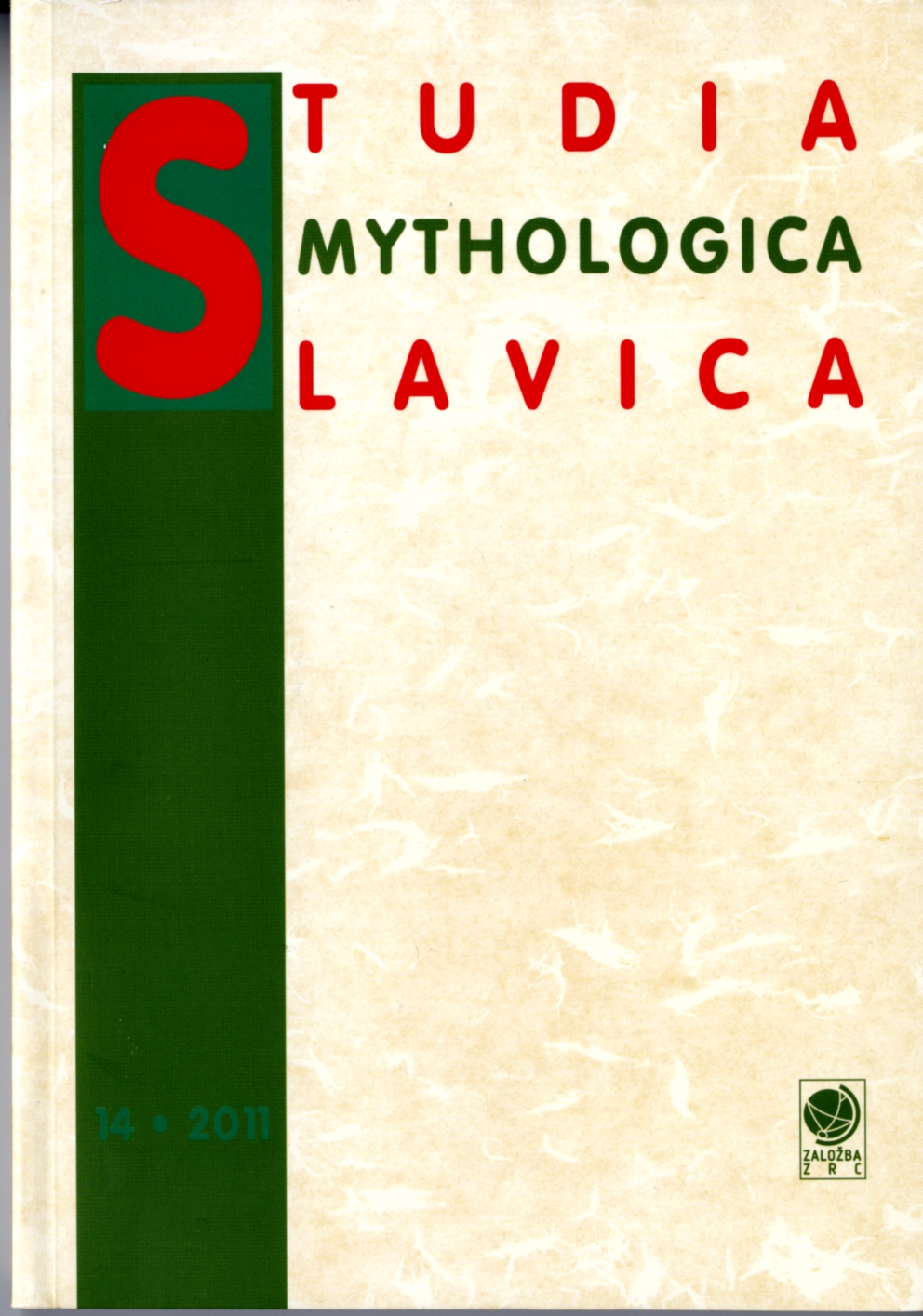Arapot vo makedonskata narodna kniževnost i negovi paraleli na Mediteranot<br>The Black Arab in Macedonian Folk Literature and Parallels in the Mediterranean Folklore</br>
DOI:
https://doi.org/10.3986/sms.v14i0.1609Povzetek
The continuity/duration of the figure of the Arab (in Macedonian folk literature) is not maintained in the same manner and to the same extent in all areas. This implies the problem of substrata and the super-strata. If we approach the Arab only by listing the facts without taking into account the historical background (from the Arab-Byzantine conflict to the present day), then we may arrive at a paradoxical, ahistorical idea of continuity. Moreover, the continuity of a certain phenomenon (the formulaic character of the Arab, for example) is actually made possible by profound social changes. As the Arab-Byzantine conflict receded into the past, the formulaic character of the Arab assumed three basic characteristics (three-headed/black/sorcerer), most frequently as a bearer of the basic attributes of an enemy (in the epic) or a helper (in folktales). By sustaining the rules and requirements of genre, the Arab performs his function. This character is associated with the basic motif of abduction of a young woman. With the arrival of the Turks, he returns to the stage as a real historical opponent of the domestic, national hero. The emergence of his substitutes (the Turk, Arnaut or Gypsy) has the primary purpose of preserving his attributes and this indicates the subtlety of the issue of continuity.Prenosi
Podatki o prenosih še niso na voljo.
Prenosi
Objavljeno
2011-10-17
Kako citirati
Stojanović, L. (2011). Arapot vo makedonskata narodna kniževnost i negovi paraleli na Mediteranot<br>The Black Arab in Macedonian Folk Literature and Parallels in the Mediterranean Folklore</br>. Studia Mythologica Slavica, 14, 195–211. https://doi.org/10.3986/sms.v14i0.1609
Številka
Rubrike
RAZISKOVALNE METODE IN INTERPRETACIJE LJUDSKEGA IZROČILA / RESEARCH METHODS AND INTERPRETATIONS OF FOLK TRADITIONS
Licenca
Avtorji jamčijo, da je delo njihova avtorska stvaritev, da v njem niso kršene avtorske pravice tretjih oseb ali kake druge pravice. V primeru zahtevkov tretjih oseb se avtorji zavezujejo, da bodo varovali interese založnika ter da bodo povrnili morebitno škodo.
Podrobneje v rubriki: Prispevki





